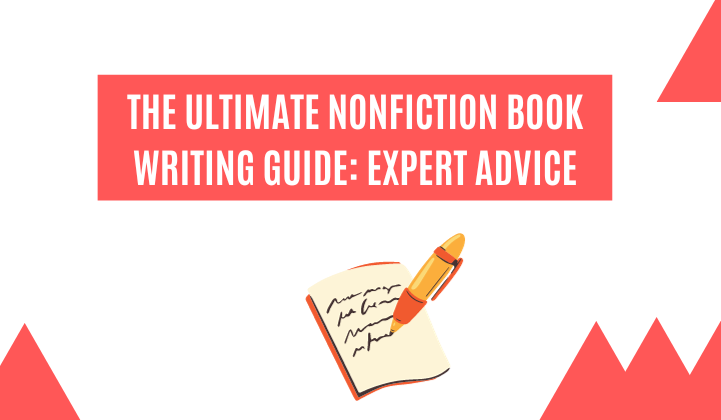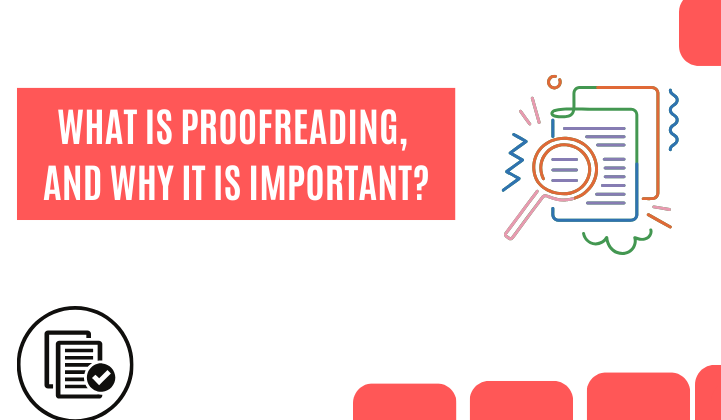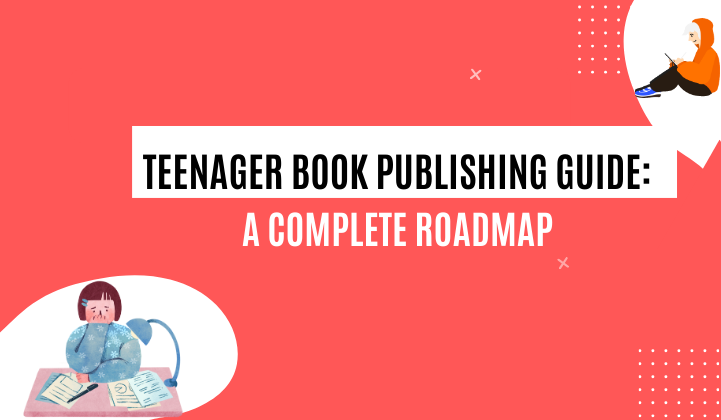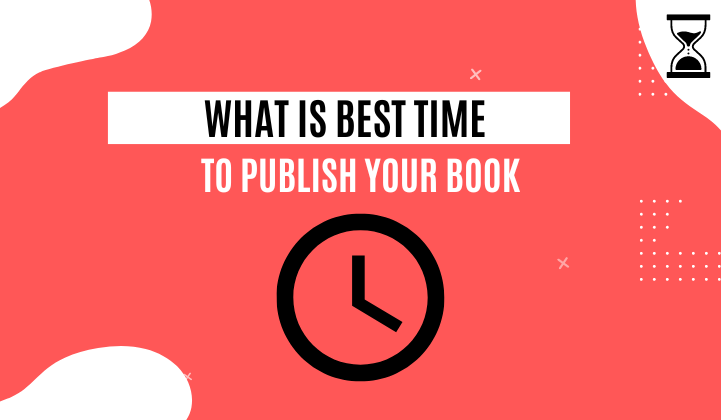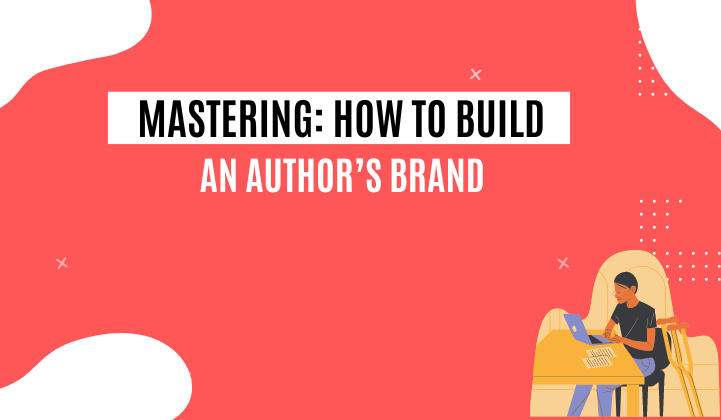The Ultimate Nonfiction Book Writing Guide: Expert Advice
Most authors will claim that factual writing is simpler than fiction writing. Nonfiction requires meticulous planning before you even begin writing, whereas fiction authors frequently follow a basic structure before venturing wherever the plot and characters lead them.
In this article, I will share my nonfiction book writing guide to help authors in writing their first nonfiction book. These steps outline the fundamental processes of writing a nonfiction book to get you started.
Also Read out – Teenager Book Publishing Guide: A Complete Roadmap
Making a Nonfiction Book Writing Guide
1. Clearly define your goals for your nonfiction book
Before starting your writing career, you must understand your primary motivations for starting this trip. What do you want the reader to understand? What do you want readers of your book to think, feel, or do after finishing it? Do you wish to discuss a subject that is close to your heart? Or do you want to tell a story that will motivate or instruct your audience?
You’ll be astounded at how many other parts of the puzzle fall into place once you know what you want to accomplish with your nonfiction book.
2. Recognize the type of nonfiction you’ll be writing
You need to decide what kind of nonfiction book you’ll write once you’ve determined what you want to accomplish with it. There are various nonfiction subgenres. Whichever one you select will impact both what you’ll say and how you’ll say it.
Nonfiction with a story is referred to as narrative nonfiction. But the story you’re telling isn’t fiction; it’s real. A story is also told in nonfiction subgenres, such as memoirs, autobiographies, and biographies. It’s all about telling in this style of writing.
Expository nonfiction focuses more on showing than explaining in its writing. Here, teaching a subject is more important than telling a story. Expository literature includes how-to guides, self-help books, and textbooks.
3. Determine the format for your book.
If telling a tale is your primary goal, you must choose the best method. Therefore, you must develop a plot framework. Instances of plot structures include:
The Customary Three-Act Format
Here, the story is told in reverse chronological order. You begin with the setup act or the first act. You set the stage by introducing the protagonist and outlining the incident that launches the protagonist’s journey.
The protagonist’s journey and the persons and challenges they come across along the way are described in the middle act, often known as the confrontation act. You could also introduce an antagonist in this section.
The antagonist does not necessarily have to be a real person; it can also be a significant obstacle, such as societal norms or a problem that needs to be solved. You increase the tension during the confrontation act.
Finally, you reach a conclusion or resolution act. The confrontation between the protagonist and adversary occurs at the climax, which has been the subject of your buildup. It would help if you emphasized what you want your reader to remember after the climax and tie up any loose ends.
Also read out – How to Promote a Book on Social Media
4.Time manipulation
With this format, you begin your story in the middle and utilize flashbacks to explain the story’s beginning to the reader. You can also go ahead to upcoming activities and then turn around to return in time. This format works especially well when there’s a chance that your reader may become bored with the setup and care about what happens next.
5. The Story Building
Here, the dramatic incident that usually occurs at the conclusion is the beginning of your story. Then, you return to the beginning and middle and explain what transpired before the dramatic incident. You restate the major event and complete all unfinished business at the end of the book.
By using this framework, you can tell two or more stories concurrently. Every individual tale has a distinct beginning, middle, and end. The stories can be interwoven or told independently but must ultimately be connected.
Organizing your book into chapters or sections based on the subject matter makes more sense for expository nonfiction. Consider writing a company how-to book that outlines seven principles or steps. Taking on each step or principle independently is the best way. Nevertheless, you can still incorporate a broader narrative by letting one action or idea lead to the next.
6. Create a plan
It’s time to start writing your outline. This is crucial because it will enable you to guarantee that you state whatever you want to. You may create an outline quickly by doing the following:
Make a list of the major components of your book’s structure. These will be the beginning, middle, and end of your narrative, in whatever chronological sequence you choose to tell it. Write down the primary subjects you will address for expository nonfiction.
Now, think about each component separately. Make a list of every point you intend to make in that section.
See what you can combine from all of these sub-points, what you need to break apart into distinct points, which points can be sub-points of others, and so on.
Choose the order in which you want to address each sub-point. There might be overlap, so you’ll need to choose where to go into greater detail on the sub-point and where only briefly to mention it.
Establish the amount of room you wish to offer each sub-point. This will prevent you from talking endlessly about something that isn’t that essential in the grand scheme of things.
Keep in mind that your outline is only a guide. For instance, you might discover something you had not considered previously and would like to include throughout your research. You can still edit and revise as you go along in the writing process.
Also read out – 7 stages of Publishing Process: Every Writer knows
7. Decide on a style manual
A style guide is a set of rules that will assist you in writing consistently. It may be as simple as whether you’ll be writing in the first person or the second, or it could be as intricate as whether or not you’ll be writing out statistics. Selecting a style manual before you begin writing is optional, but it will simplify things. You’ll save time later on if you write from the beginning using a consistent style.
8. Write consistantly
Most of the challenging work is done once you have an outline. Now that you have a style manual to aid you with the small details, all that remains is for you to put your ideas on paper or your computer. So make a drink for yourself, put away any distractions, settle down, and start writing.
Also read out – How to Write A Successful Fiction Step by Step
Frequently Asked Questions ( Nonfiction Writing Guide)
Who makes an excellent nonfiction author?
Simple, direct, and focused on the reader. These are the four elements of successful nonfiction writing. Simple to comprehend. It can be complicated.
How do their authors arrange nonfiction books?
The content can be divided into manageable portions using sub-headings within each chapter if you wish to take your organizing a step further. Subheadings make it easier for readers who scan nonfiction texts to discover the most important and valuable sections because many nonfiction readers do this.
What three traits define nonfiction writing?
The most crucial requirement for nonfiction writing is the use of actual people, places, and events. In nonfiction books, the stories that are told must be real. The story is considered fictional if any of the details are entirely fictitious. Facts or material verified to be accurate must also be included in nonfiction.
Also Read out – 8 Easy Exercise to Improve Writing Skills that Works
Conclusion
Creating a successful nonfiction essay requires creativity, perseverance, and a structured methodology. This nonfiction book writing guide has examined the crucial components to help you on your literary path.
Understanding your audience is crucial, first and foremost. The key to good communication is to cater your material to their needs and expectations. The authenticity of your work is then ensured by thorough research and fact-checking, and an engaging narrative integrates the material into a fascinating story.
Furthermore, the value of writing clearly and succinctly cannot be emphasized. Complex issues are made simpler when clutter and jargon are removed, making your work more reader-friendly. Finally, constant editing and asking for criticism improve your writing, turning your draft into a refined work of art.
For more information, feel free to connect with us!

